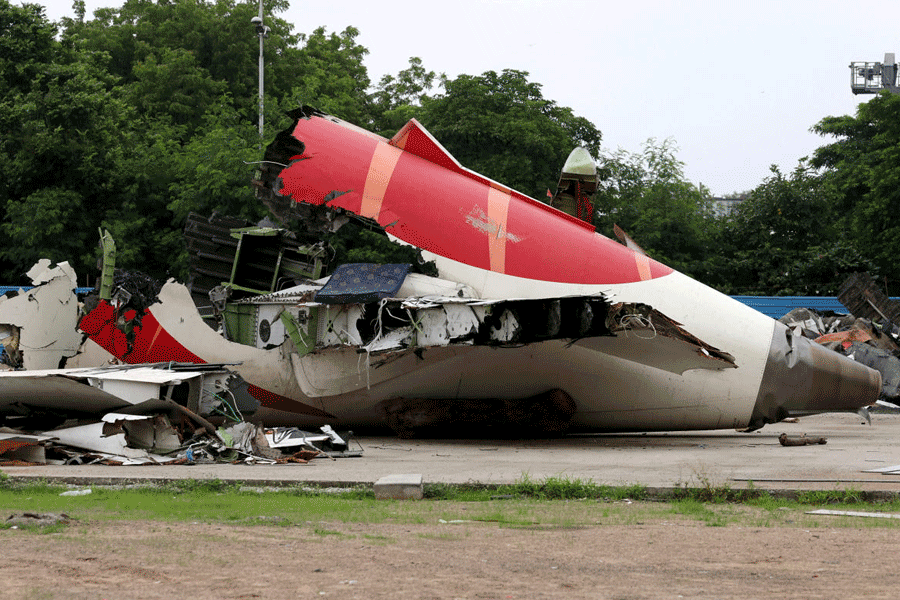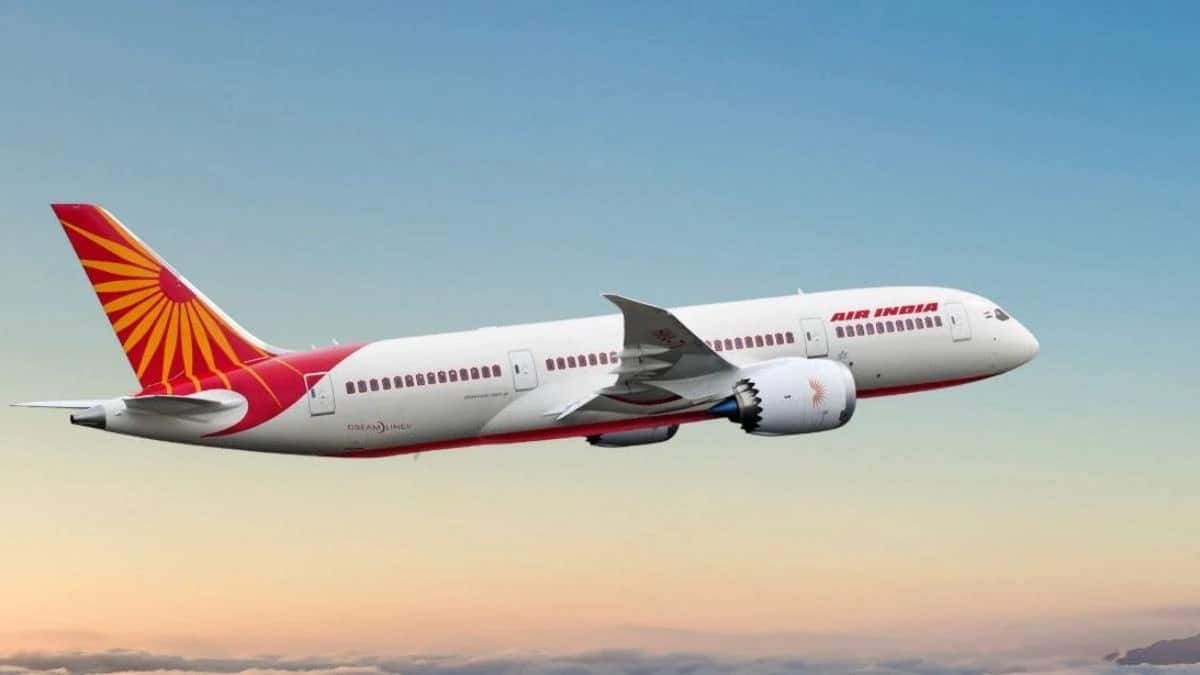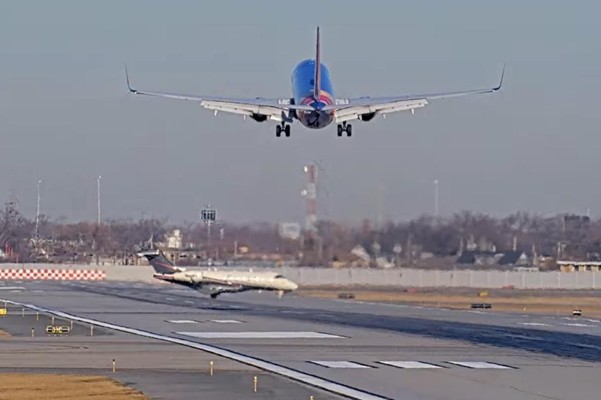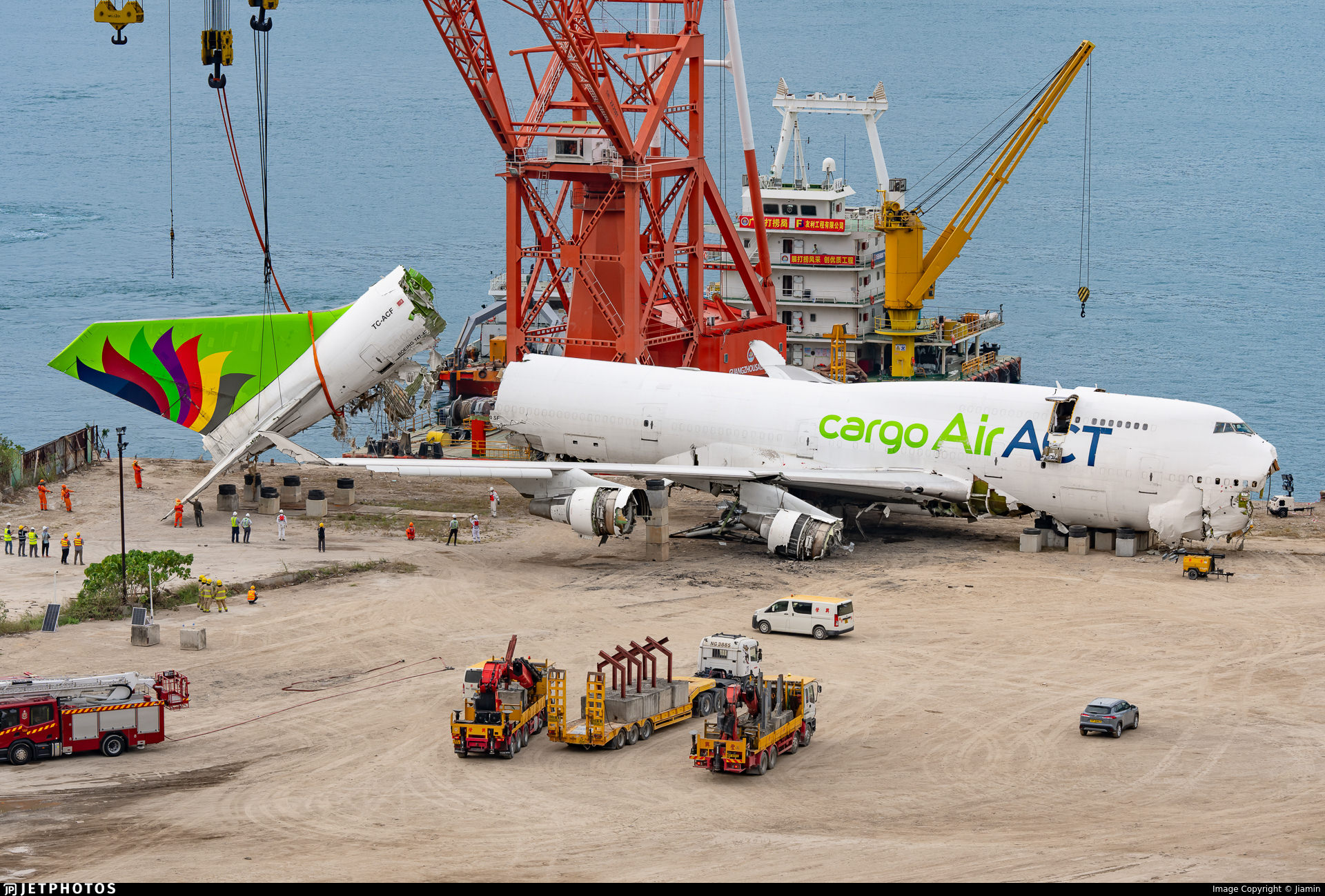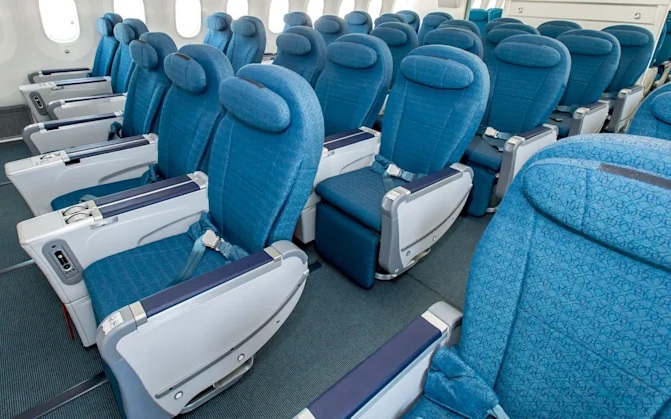By Sharon Petersen
Published Mon Jul 14 2025
The preliminary findings from India’s Aircraft Accident Investigation Bureau into the Air India Flight 171 crash, the deadliest aviation disaster in over a decade, confirm that fuel supply to both engines was cut during the aircraft’s initial climb. This, however, answers only one question and raises many more which we explain below.
Missing CVR Transcript Raises Transparency Concerns
Perhaps the most conspicuous omission in the report is the lack of a full Cockpit Voice Recorder (CVR) transcript. Given that the CVR was recovered and successfully downloaded, there appears to be no technical reason for withholding this information. Aviation experts and safety analysts argue that releasing the CVR transcript is essential to understanding cockpit decision-making during the final moments of the flight.
"This isn’t just about protocol—it’s about transparency," says Josh Wood, Safety and Service Quality Manager at AirlineRatings. "If we’re to learn from this accident and prevent another, the CVR content is a critical piece of the puzzle."
Long Take-Off Roll Not Addressed
Another aspect left unexamined is the unusually long takeoff roll, which consumed a large portion of the runway before the aircraft became airborne. The aircraft achieved Vr (rotation speed) at 155 knots, according to the EAFR, but only lifted off several seconds later—crossing V1 (the decision speed to abort or continue) with minimal margin. The report does not address whether weight inaccuracies, performance miscalculations, or improper configuration played a role in this extended takeoff.
Unclear Who Flipped the Switches
Both pilots were wearing headsets connected to the CVR, yet the report fails to attribute cockpit dialogue to either the captain or first officer. Analysts believe the first officer was the pilot flying (PF), which would have made the captain—the pilot monitoring (PM)—the only one with free hands to manually operate the fuel control switches. These switches, for reasons still unknown, were both moved to CUTOFF just seconds after liftoff, leading to a loss of engine thrust.
While the report does not comment on whether this was a case of human error, mechanical failure, or deliberate action, it acknowledges the switches were manually moved, not failed electronically and as this video shows, moving the switches does have to be a deliberate action.
Could FADEC Have Misread the Situation?
Another possibility raised by experts—but not addressed in the report—is the role of the aircraft’s Full Authority Digital Engine Control (FADEC) system. Could FADEC have mistakenly identified a benign performance drop as an engine failure and triggered an automatic fuel cutoff, only to initiate a relight sequence seconds later when it detected no catastrophic damage?
The data shows a methodical relight sequence beginning around 08:08:52 UTC:
Engine 1’s fuel cutoff switch was moved back to RUN
The Auxiliary Power Unit (APU) began its auto-start sequence
Engine 2’s fuel cutoff switch was also returned to RUN
FADEC then initiated relight protocols for both engines
This suggests the aircraft’s systems were attempting to recover and stabilize flight, acting in accordance with programmed fail-safe measures.
A Plane Trying to Save Itself
What is striking from the data is how the aircraft responded. After the engines were cut, the systems kicked into recovery mode: opening the APU inlet door, restarting fuel flow, and attempting to relight both engines midair. The aircraft reached a maximum speed of 180 knots before both engines were cut, indicating stable flight conditions prior to the failure. This makes the decision—or malfunction—that triggered the fuel cutoff all the more baffling.
The Time of the Release Of The Report
Whilst not crucial to the investigation, sources in India have noted that the timing of the report’s release—at 1am local time—was informal and unusual. Government departments in India typically close by 5pm, making the overnight publication particularly unexpected
Conclusion
While the preliminary report provides some clarity on the timeline and mechanical sequence of events, it leaves too many vital questions unanswered and we will quite simply have to wait another 11 or so months for the full and complete report.
